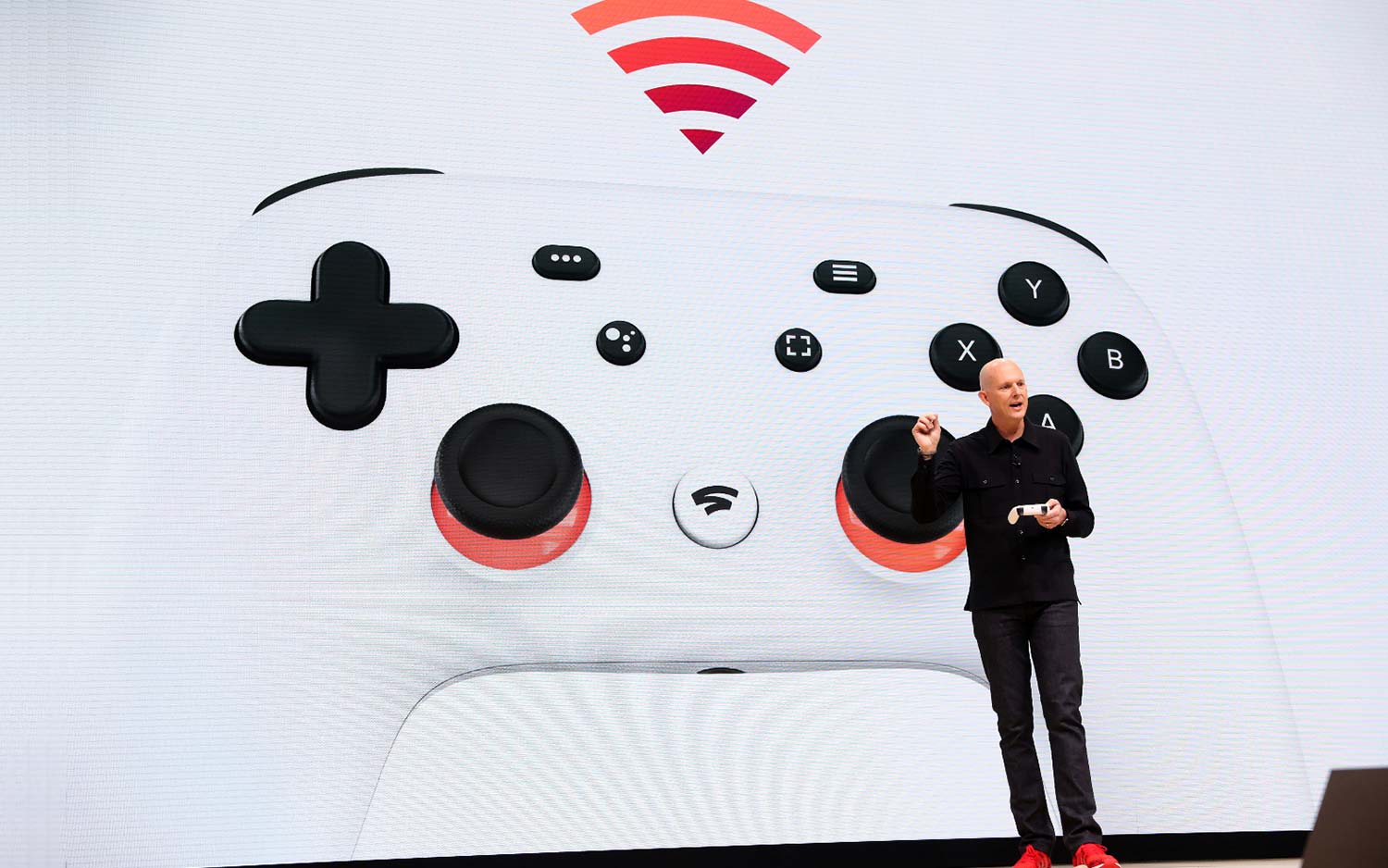Google Says Stadia Will Outperform Consoles and PCs By Predicting Gamers' Moves
Can Stadia really beat PS5, Xbox Scarlett and gaming PCs?

Well, this is some kind of mindbending magic trick that I can’t wait to see in action: Google wants to predict player moves in order to speed up Stadia — its streaming video game platform. In fact, Google believes that it will beat any local gaming platform.
Talking to Edge magazine, the VP of engineering for Google Stadia Madj Bakar said that Google Stadia will outperform any current or future game console or PC thanks to artificial intelligence.
“Ultimately, we think in a year or two we'll have games that are running faster and feel more responsive in the cloud than they do locally, regardless of how powerful the local machine is.”
It’s a bold claim which may not be far from the truth. Google Stadia has impressed critics so far. Their demonstrations have proved that a good fiber connection will give you the same experience as a local PC or console at least at 1080p, with impressive resolution and the same latency. But in modern gaming you will need to go to 4K and eventually 8K in order to be competitive.
Negative latency
Google believes Stadia can beat the PS5, Xbox Project Scarlett and any gaming PC or gaming laptop by using artificial intelligence. One of the tricks that Bakar described is “negative latency”.
Before we get into what this means, let’s explain the two things that affect our perception of video games playability. One is input lag — the time that it takes from the moment a user clicks a button or moves a joystick to the moment the video game character responds to that action in the screen. That could be classified as controller latency. But more important here will be the network latency: in services like Google Stadia your actions will have to travel up to the cloud and back to your console. That’s a long path which can easily break down and, with it, destroy playability.
In general, latency is measured in milliseconds. Anything from 20 to 100ms will give you an acceptable gaming experience. However, high-end gaming requires a lot less latency than that.
Sign up to get the BEST of Tom's Guide direct to your inbox.
Get instant access to breaking news, the hottest reviews, great deals and helpful tips.
To avoid this and enable 4K and 8K resolutions without any lag, Google wants to use AI that predicts what a user will click next. That way, a server in the cloud will basically be able to pre-render ahead of your actual action, delivering these frames in advance so, when you actually click, you will get the right frame.
If you click another button, then you will of course take whatever path you have chosen. But, statistically, this method will accelerate gaming and provide this negative latency in which everything feels immediate because it has already been pre-calculated before you made the decision.
I know. Mind blown. Eventually, I guess they will be able to calculate a number of possibilities and deliver them ahead. Or, you know, you can just sit on your sofa and see your potential self play without even touching a button. Just watch while you dig into that bowl of Cheetos with your two fists, my friends.
Jesus Diaz founded the new Sploid for Gawker Media after seven years working at Gizmodo, where he helmed the lost-in-a-bar iPhone 4 story and wrote old angry man rants, among other things. He's a creative director, screenwriter, and producer at The Magic Sauce, and currently writes for Fast Company and Tom's Guide.

